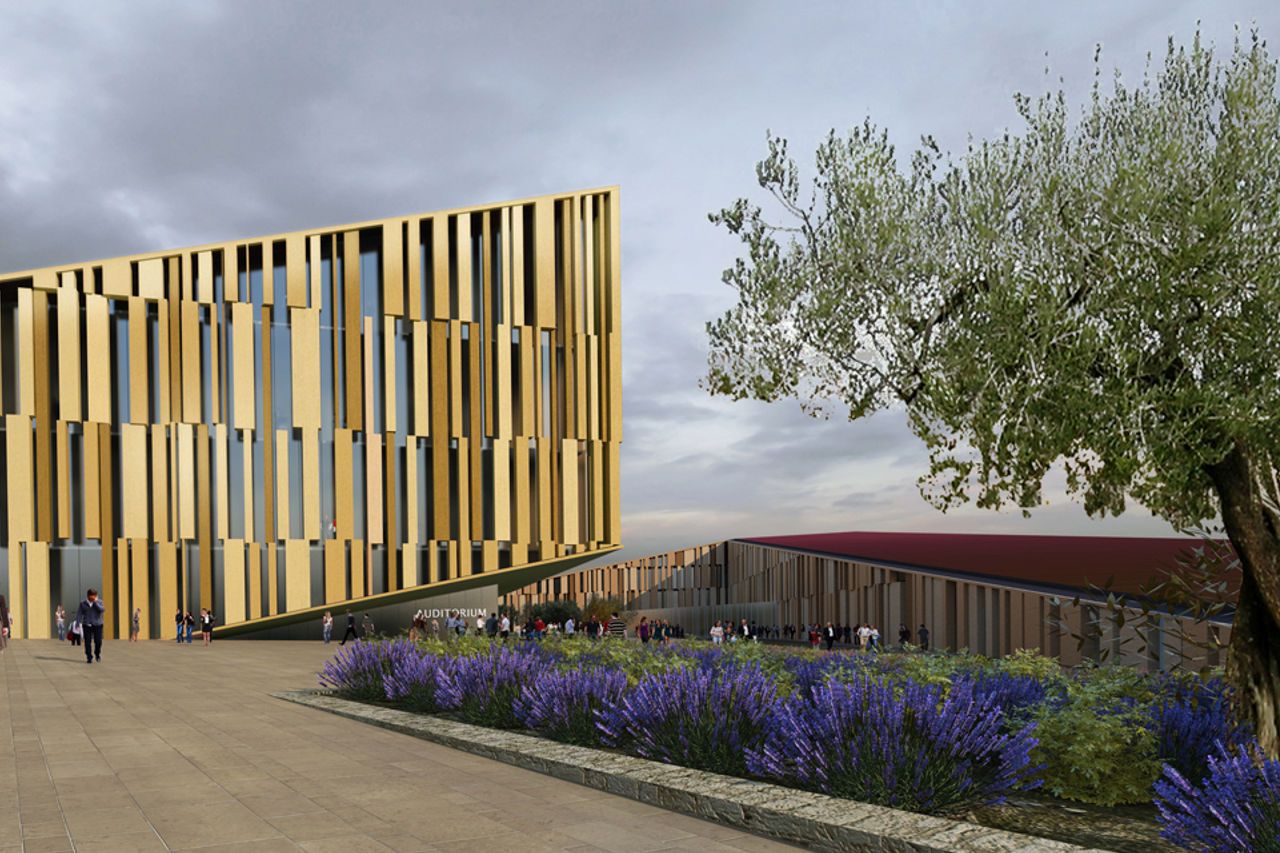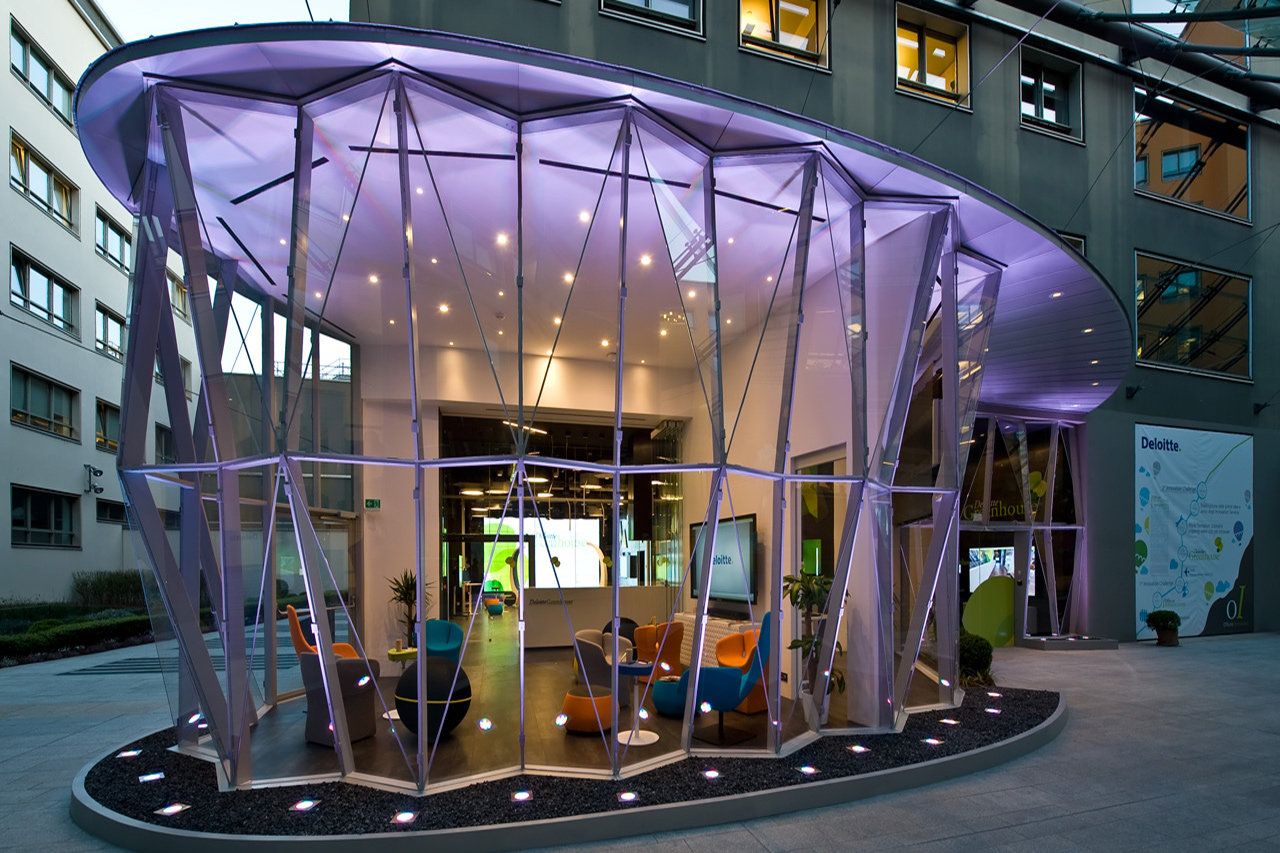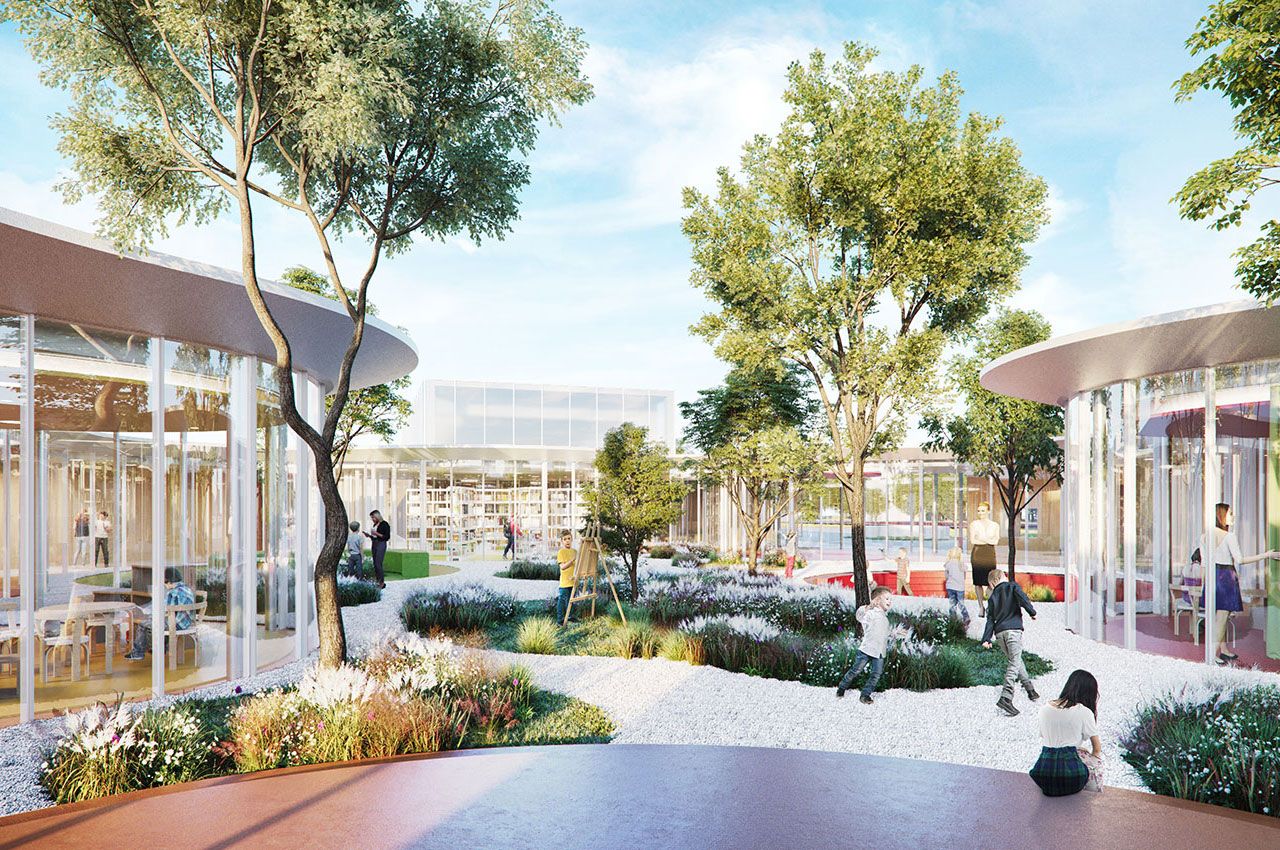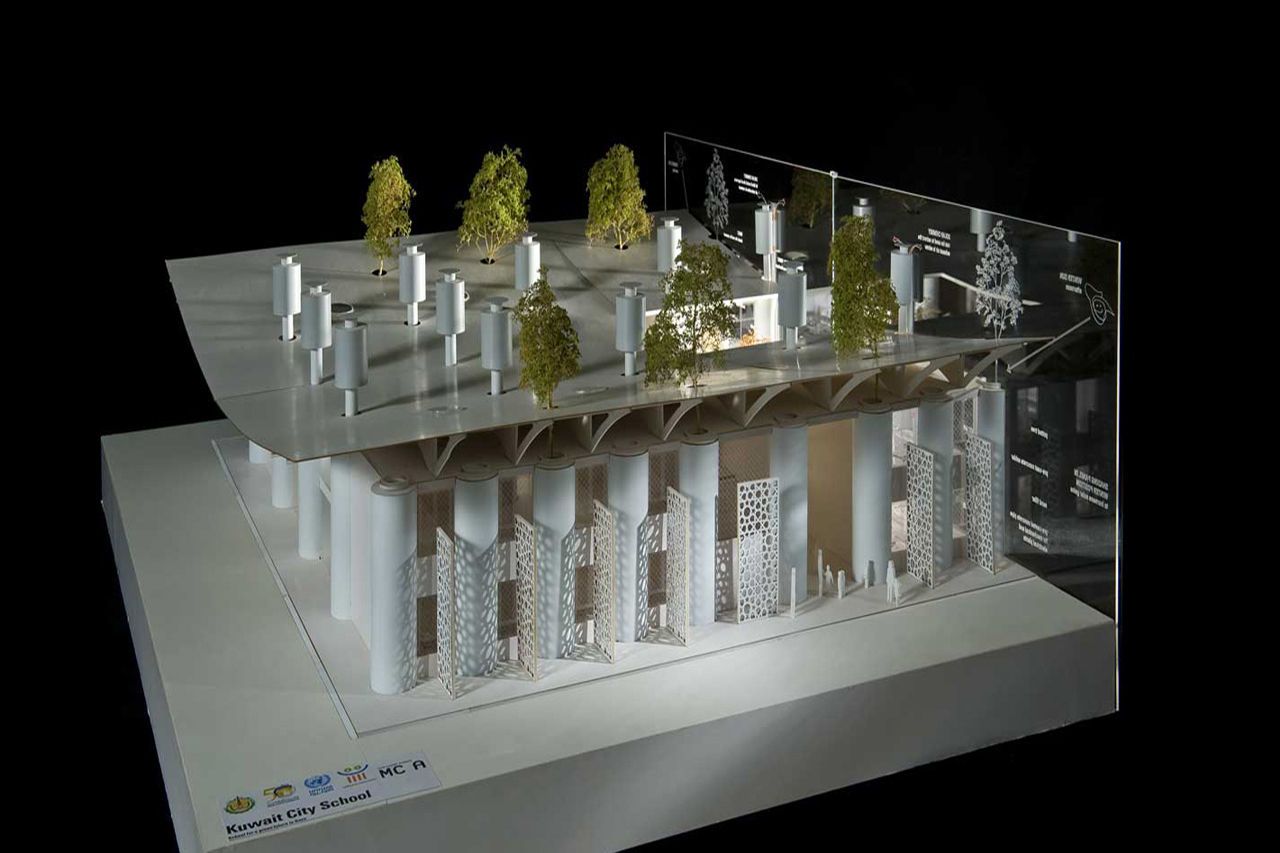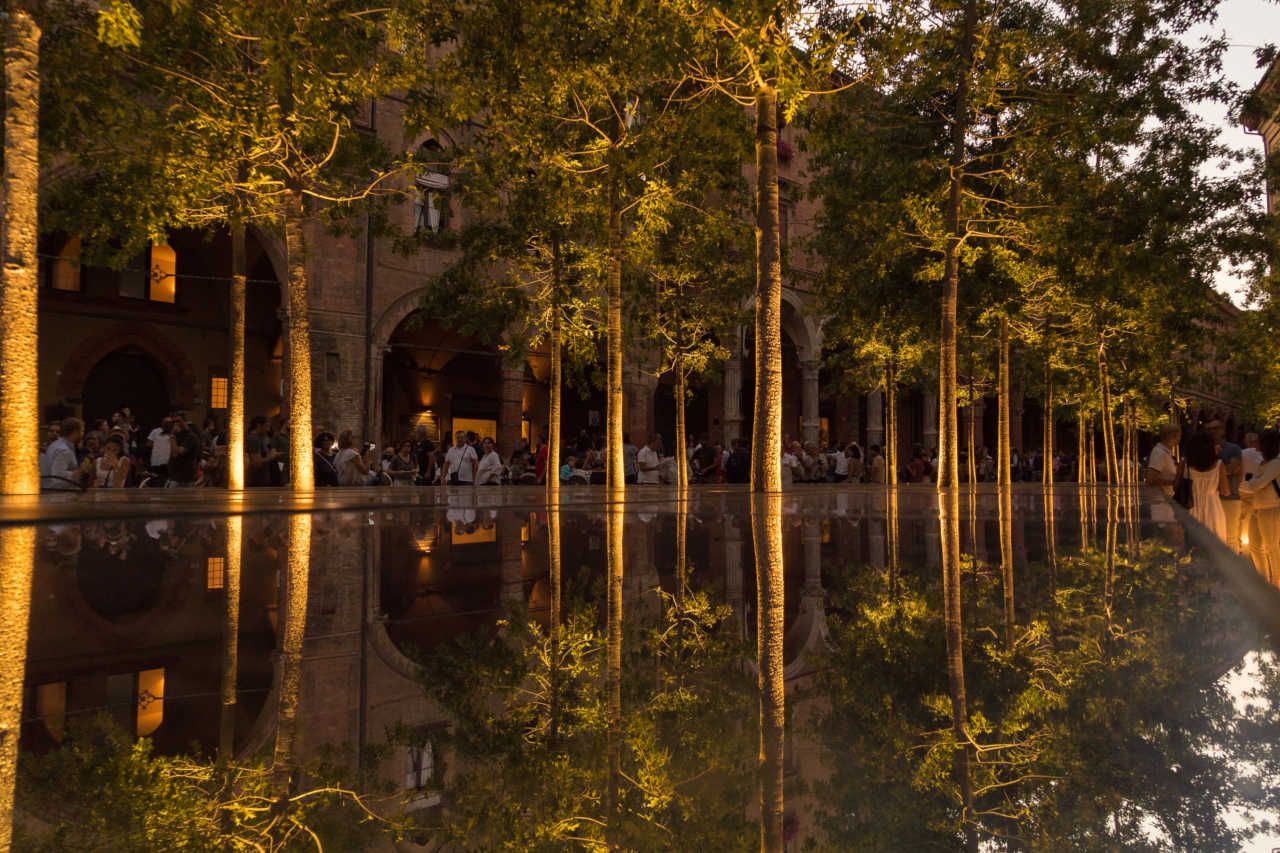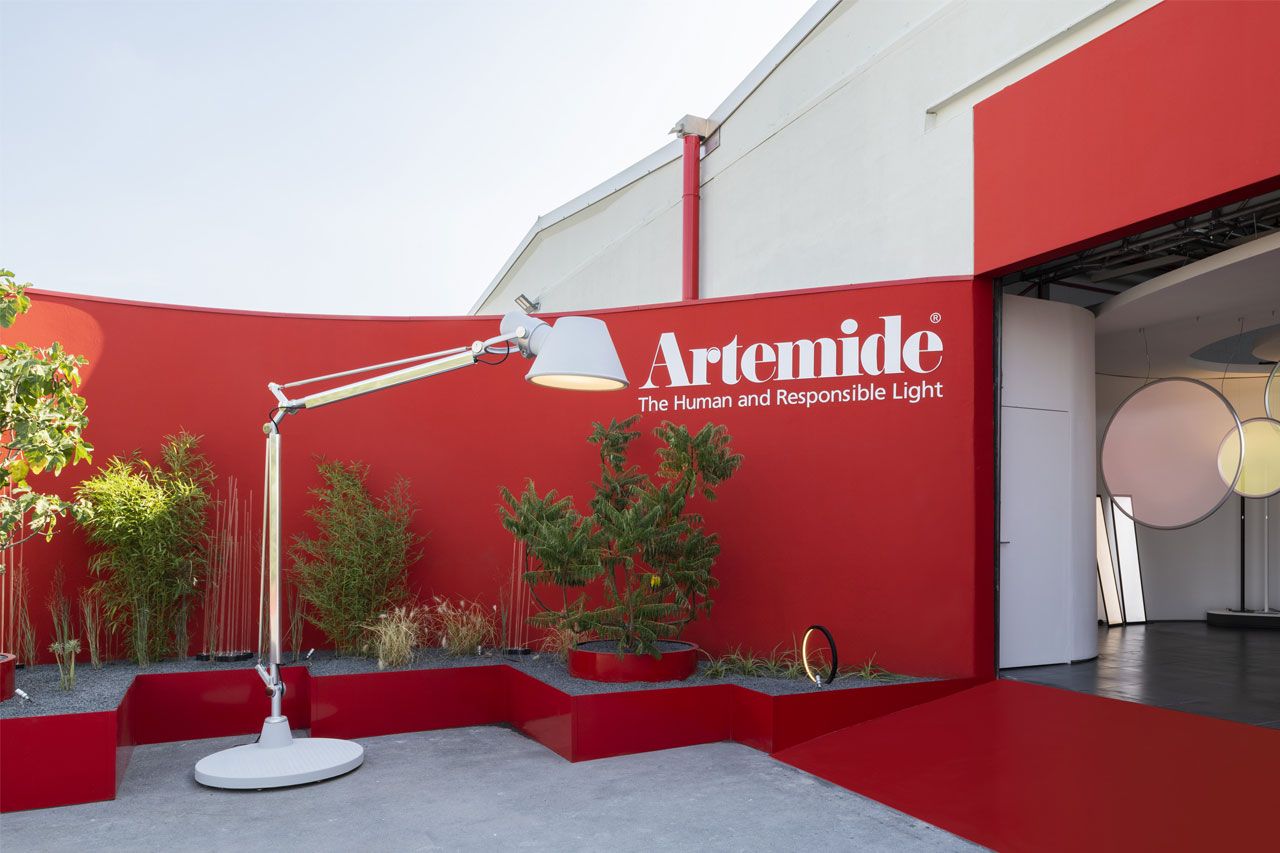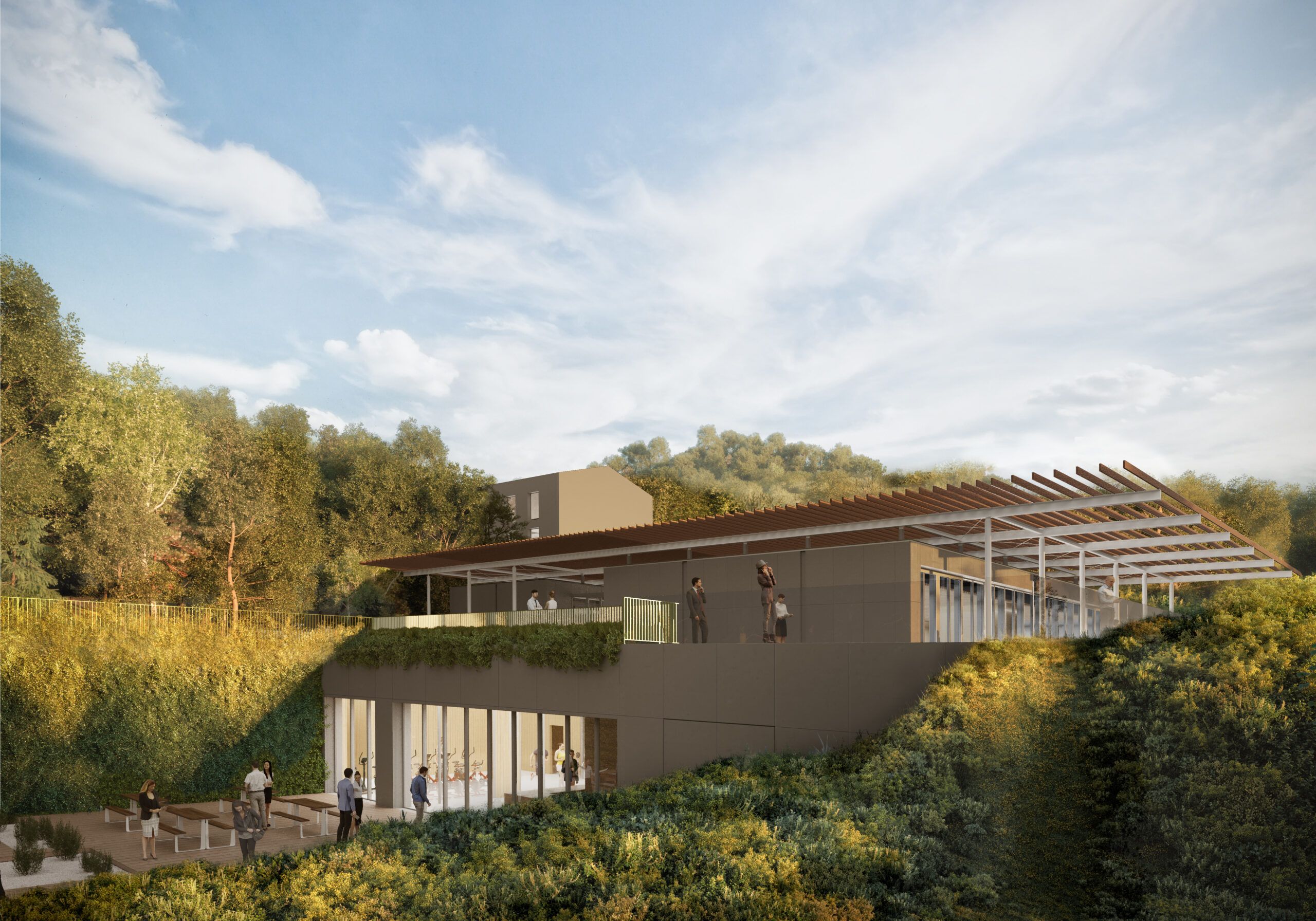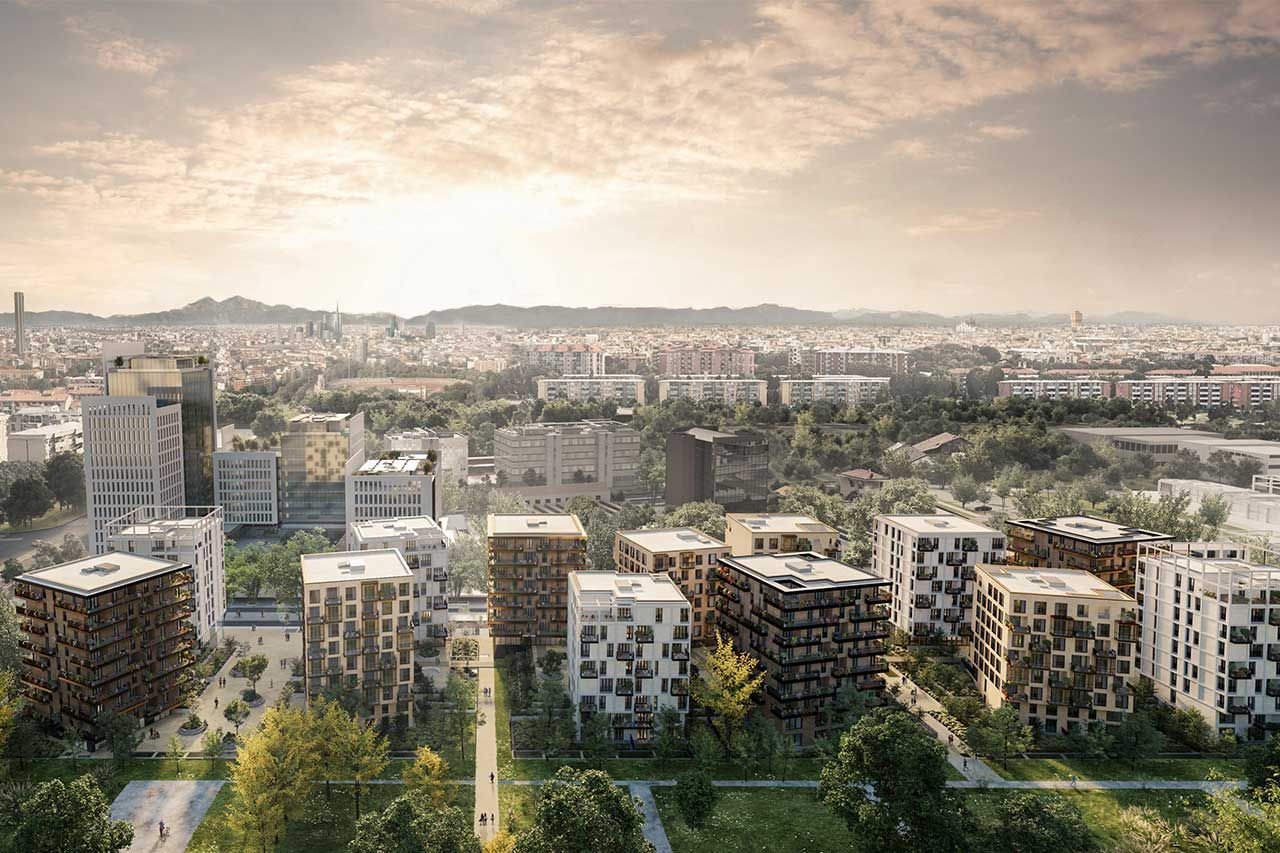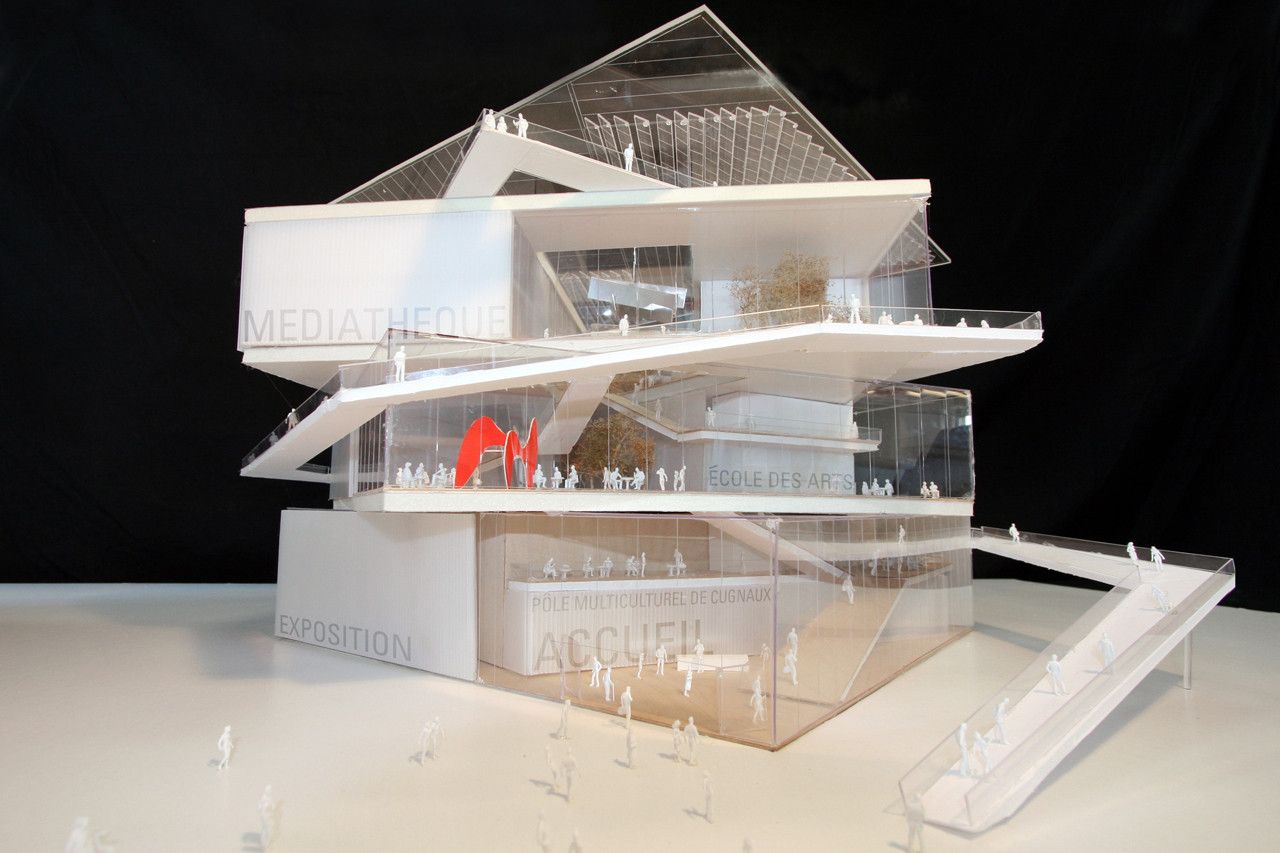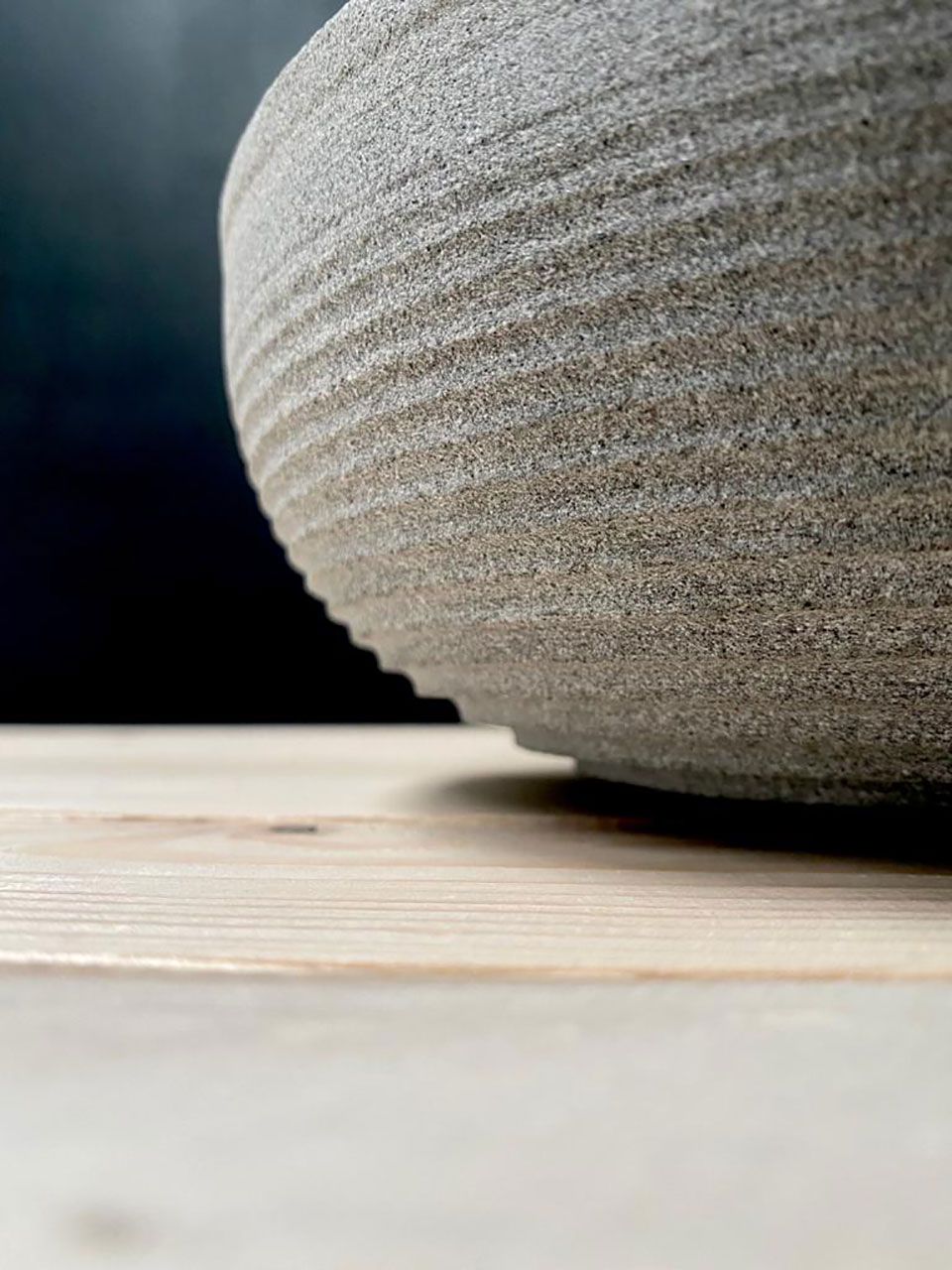It is located in an area that has been densely urbanised but is rich in strongly characterising natural elements. From these we drew inspiration to develop a new concept of residential architecture that is firmly integrated with the particular features offered by the natural surroundings in this location, and that aims to identify, in its style, a trace of thematic continuity that makes it a coherent reworking of some salient elements of twentieth-century architecture in Rome.
The arrival from Via Cristoforo Colombo, passing under the canopies of the wonderful avenue of maritime pines (a tree species with strong roots in the collective imagination of Rome and a constant presence in the landscape) was an opportunity for us to develop a building that offers itself as the point of arrival of this “promenade”.
Breaking away from the heavy blockiness and monolithic nature of the neighbouring buildings, the project takes the suggestions it derives from the surrounding landsc...
It is located in an area that has been densely urbanised but is rich in strongly characterising natural elements. From these we drew inspiration to develop a new concept of residential architecture that is firmly integrated with the particular features offered by the natural surroundings in this location, and that aims to identify, in its style, a trace of thematic continuity that makes it a coherent reworking of some salient elements of twentieth-century architecture in Rome.
The arrival from Via Cristoforo Colombo, passing under the canopies of the wonderful avenue of maritime pines (a tree species with strong roots in the collective imagination of Rome and a constant presence in the landscape) was an opportunity for us to develop a building that offers itself as the point of arrival of this “promenade”.
Breaking away from the heavy blockiness and monolithic nature of the neighbouring buildings, the project takes the suggestions it derives from the surrounding landscape, and incorporates them into the architecture.











